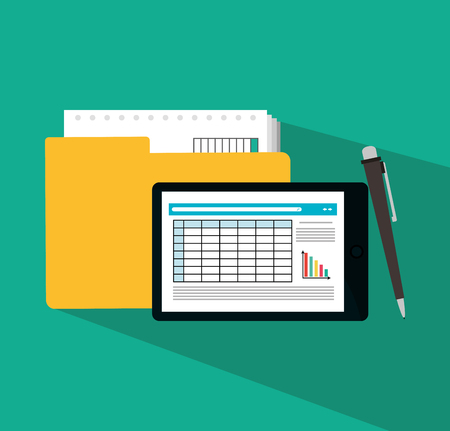Data Analytics with MS Excel
Introduction
Data analytics is the process of examining datasets to draw conclusions about the information they contain. MS Excel is one of the most widely used tools for data analytics due to its accessibility, ease of use, and powerful features.
Key Features of MS Excel for Data Analytics
Data Cleaning
- Text to Columns: Split data into multiple columns based on a delimiter.
- Remove Duplicates: Quickly remove duplicate entries from your dataset.
- Find and Replace: Efficiently clean up data by finding and replacing specific entries.
Data Manipulation
- Pivot Tables: Summarize large datasets and extract meaningful insights.
- Formulas and Functions: Use built-in functions like VLOOKUP, HLOOKUP, SUMIFS, and COUNTIFS to manipulate data.
- Conditional Formatting: Highlight important data points and trends using colors and icons.
Data Visualization
- Charts and Graphs: Create bar charts, line graphs, pie charts, and more to visualize your data.
- Sparklines: Embed tiny charts within cells to show trends.
- Dashboards: Combine multiple elements (charts, tables, etc.) to create interactive dashboards.
Data Analysis Tools
- Solver: Perform optimization analysis to find the best solution for complex problems.
- Data Analysis Toolpak: Access advanced statistical functions, including regression analysis, histograms, and more.
- What-If Analysis: Explore different scenarios and their outcomes using tools like Scenario Manager, Goal Seek, and Data Tables.
Best Practices for Data Analytics with MS Excel
- Organize Your Data: Keep your data well-structured and consistent.
- Use Named Ranges: Make your formulas easier to read and manage by using named ranges.
- Document Your Process: Keep track of the steps and transformations applied to your data for future reference.
- Validate Your Data: Regularly check for errors and inconsistencies to ensure data accuracy.
- Stay Updated: Keep your Excel skills up-to-date by exploring new features and functions.
Conclusion
MS Excel is a versatile tool that can handle various aspects of data analytics, from data cleaning and manipulation to visualization and advanced analysis. By leveraging its powerful features and best practices, you can uncover valuable insights and make data-driven decisions.
